Pool to Church: Moscow's Christ the Savior Cathedral
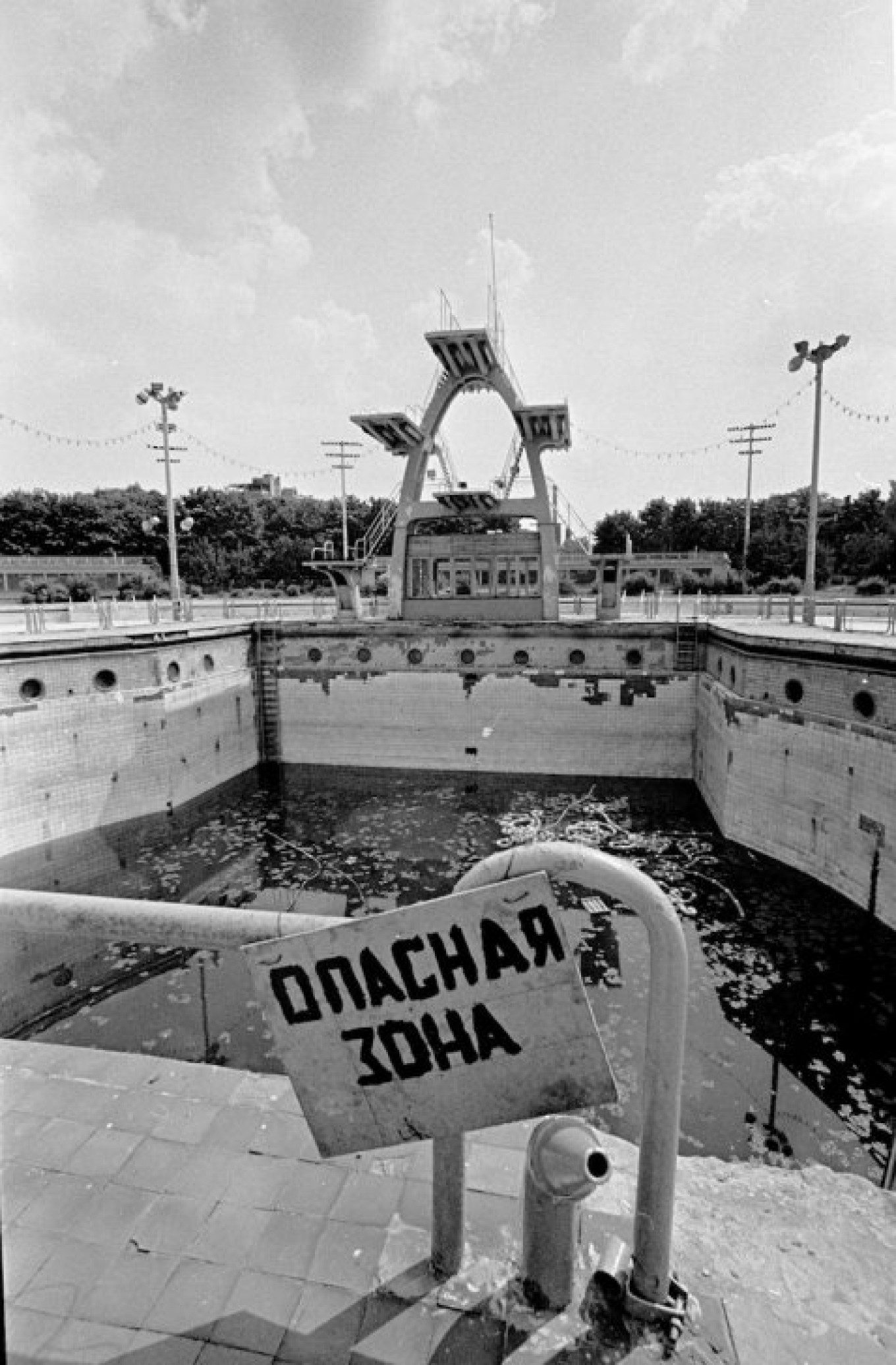
Moscow's Christ the Savior Cathedral, the world's tallest Orthodox Christian church, was originally built in the 19th century to thank God for the retreat of invading Napoleonic forces during the French-Russian war of 1812.
Although Tsar Alexander I signed a decree to build the cathedral shortly after Napoleon's retreat from Moscow in December 1812, the massive building's construction dragged on for decades and was only completed in the early 1880s.
A year after hosting the world premiere of Tchaikovsky's "1812 Overture" in 1882, the cathedral was consecrated in 1883, a day before the coronation of Tsar Alexander III.
But in 1931, at the end of a long anti-religious campaign carried out by the communist authorities, the cathedral was demolished to make way for a planned "Palace of the Soviets," which would have become the tallest building in the world at the time if the project had not been abandoned due to a lack of metal during World War II.
That building's foundation sat dormant until the late 1950s, when it was turned into a heated, open-air swimming pool, then the largest in the world.
But with the disintegration of the Soviet Union and a revival of Orthodox Christianity in Russia, reconstruction of the cathedral was begun on the same site in 1994 and finished a decade later, in 2004.
See our previous Photo Gallery:
Two Decades of Moscow's Legendary Manezh Square
Although Tsar Alexander I signed a decree to build the cathedral shortly after Napoleon's retreat from Moscow in December 1812, the massive building's construction dragged on for decades and was only completed in the early 1880s.
A year after hosting the world premiere of Tchaikovsky's "1812 Overture" in 1882, the cathedral was consecrated in 1883, a day before the coronation of Tsar Alexander III.
But in 1931, at the end of a long anti-religious campaign carried out by the communist authorities, the cathedral was demolished to make way for a planned "Palace of the Soviets," which would have become the tallest building in the world at the time if the project had not been abandoned due to a lack of metal during World War II.
That building's foundation sat dormant until the late 1950s, when it was turned into a heated, open-air swimming pool, then the largest in the world.
But with the disintegration of the Soviet Union and a revival of Orthodox Christianity in Russia, reconstruction of the cathedral was begun on the same site in 1994 and finished a decade later, in 2004.
See our previous Photo Gallery:
Two Decades of Moscow's Legendary Manezh Square
Vladimir Filonov / MT
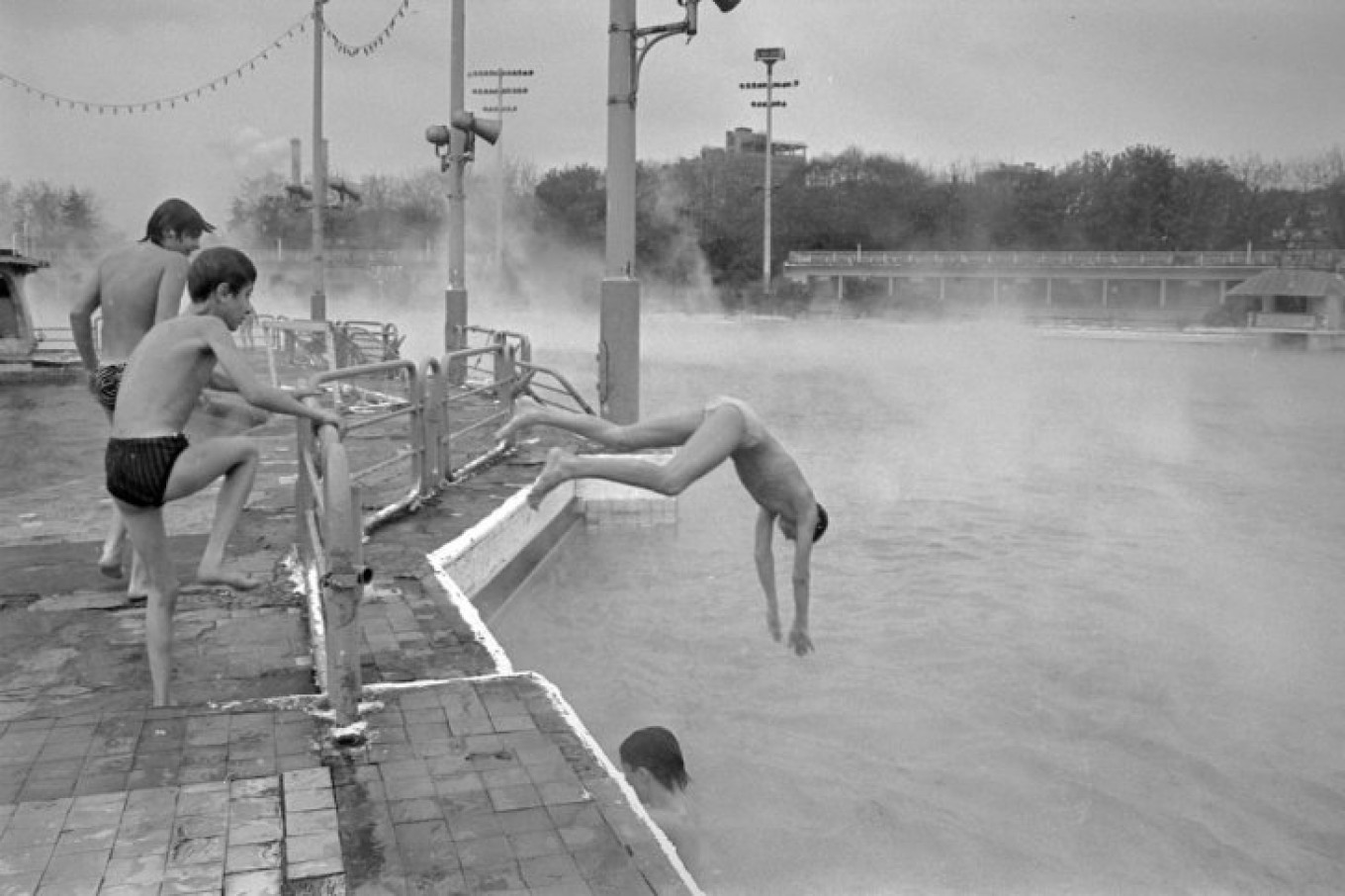
Vladimir Filonov / MT
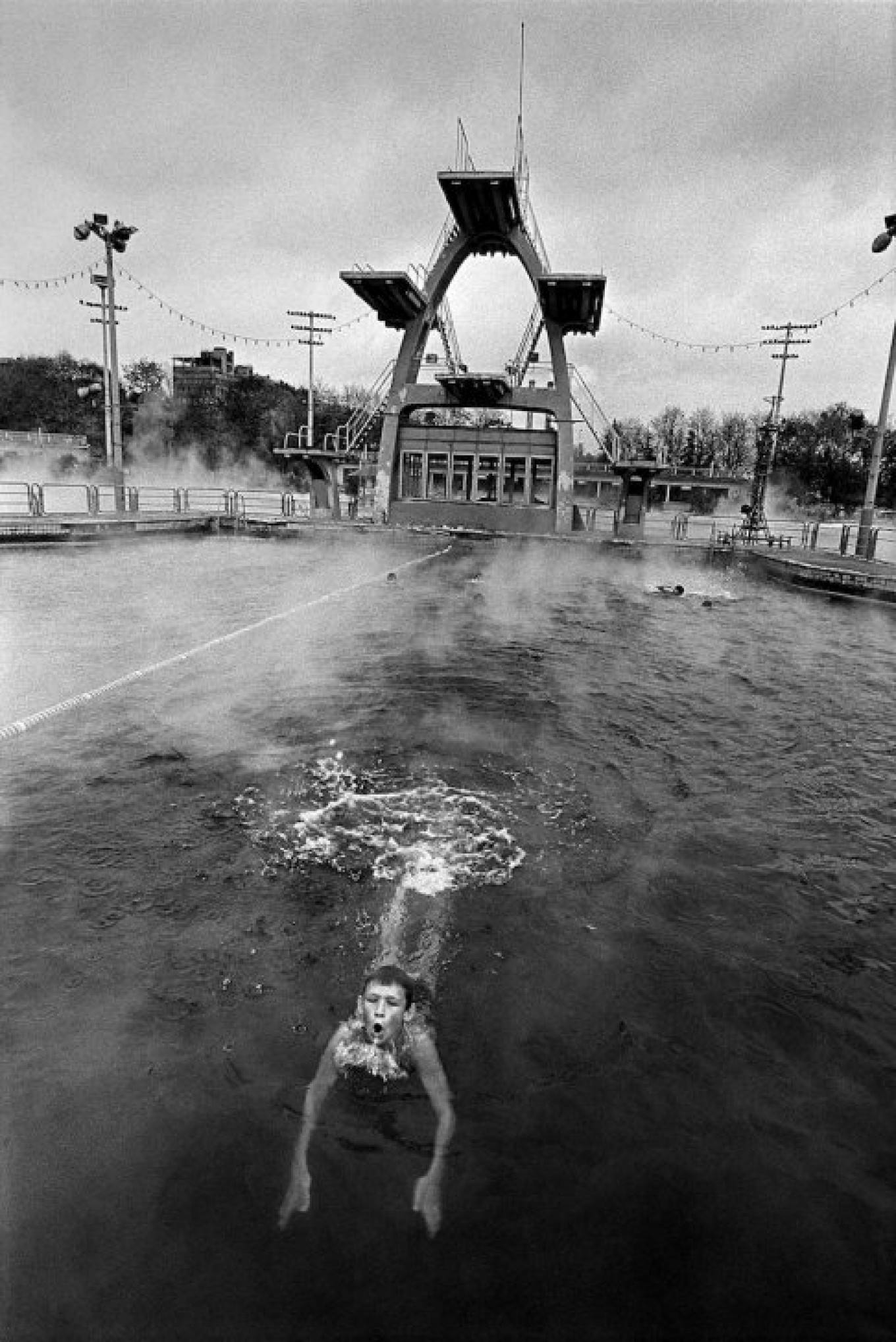
Vladimir Filonov / MT
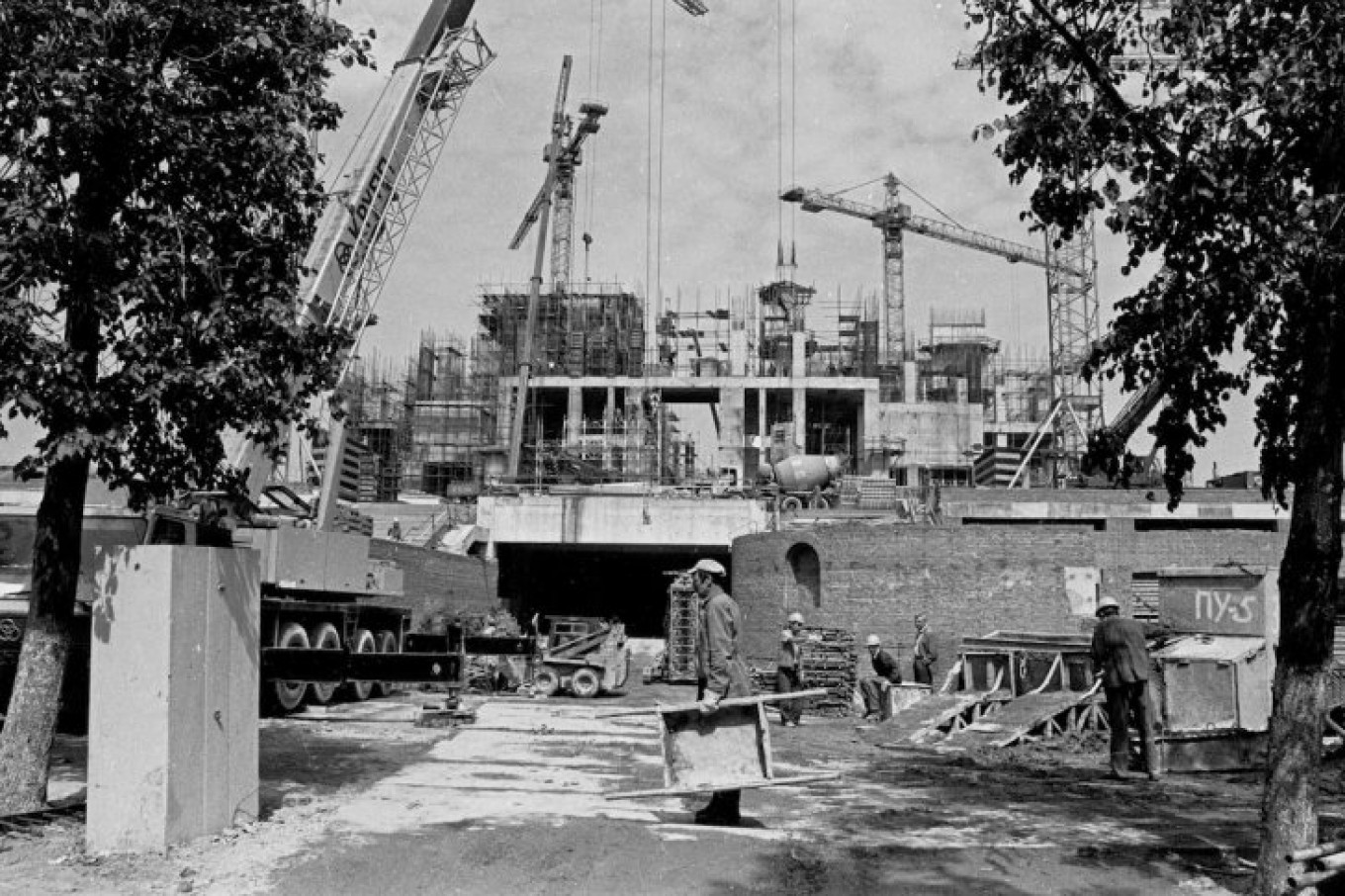
Vladimir Filonov / MT
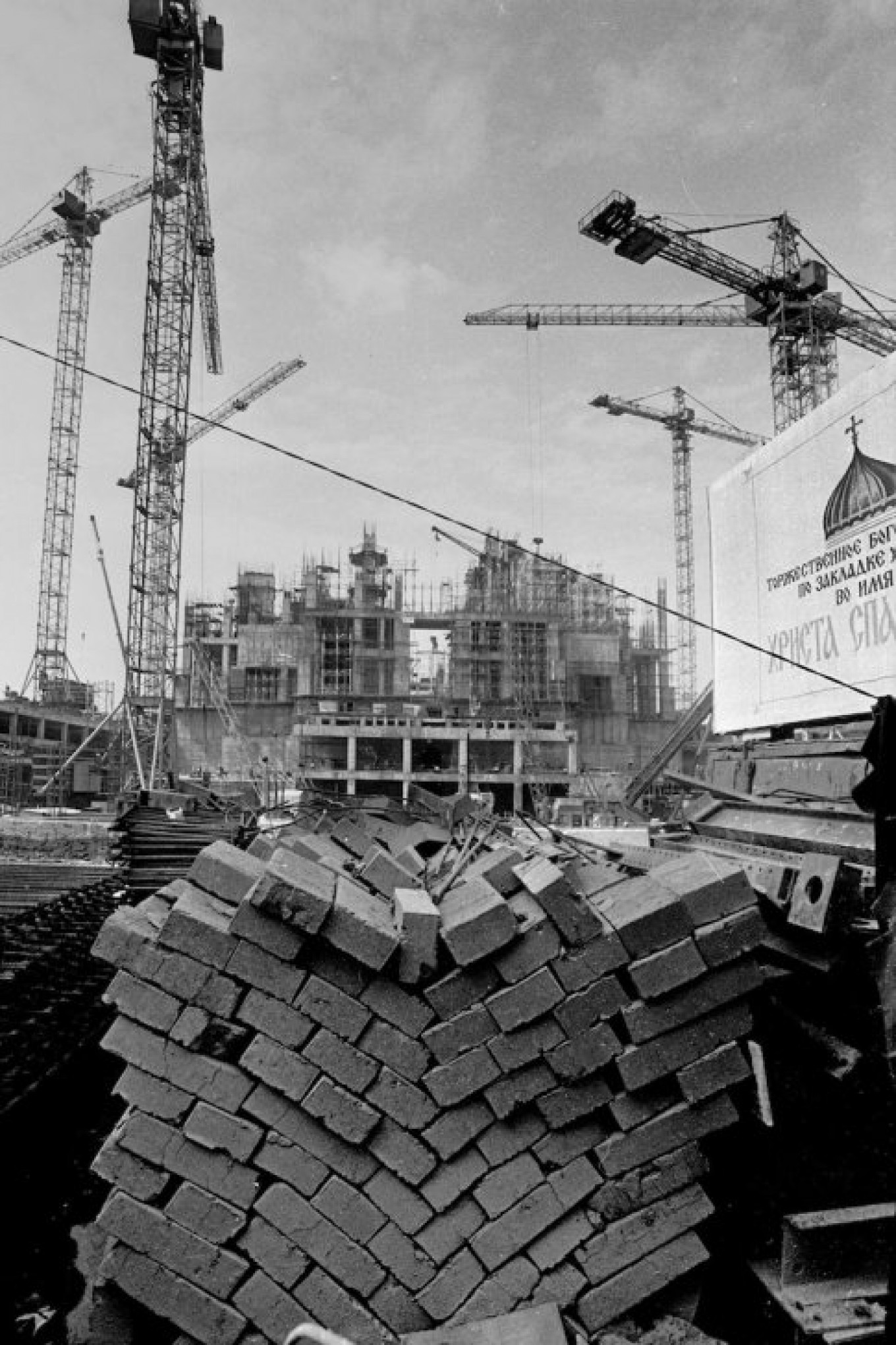
Vladimir Filonov / MT
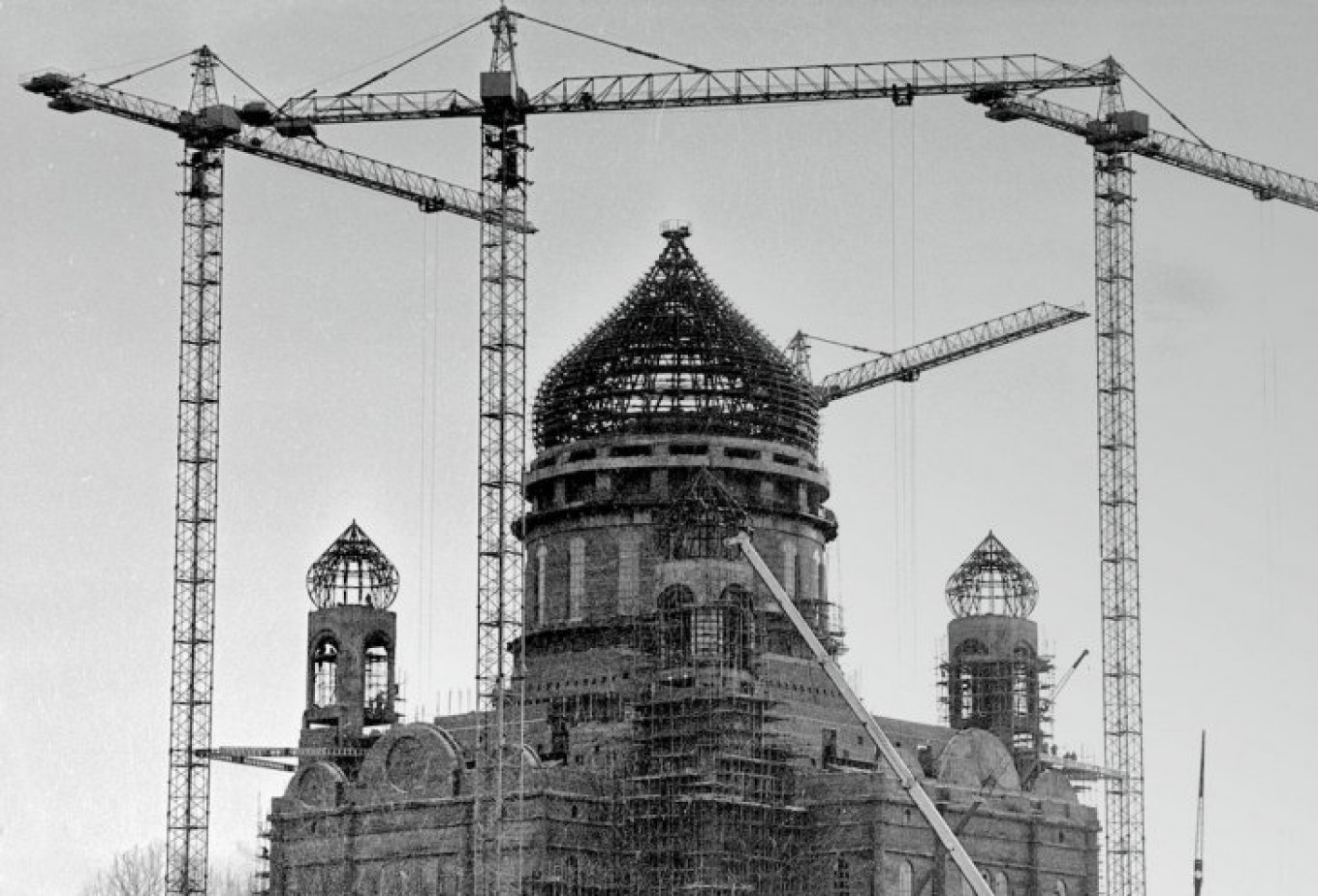
Vladimir Filonov / MT
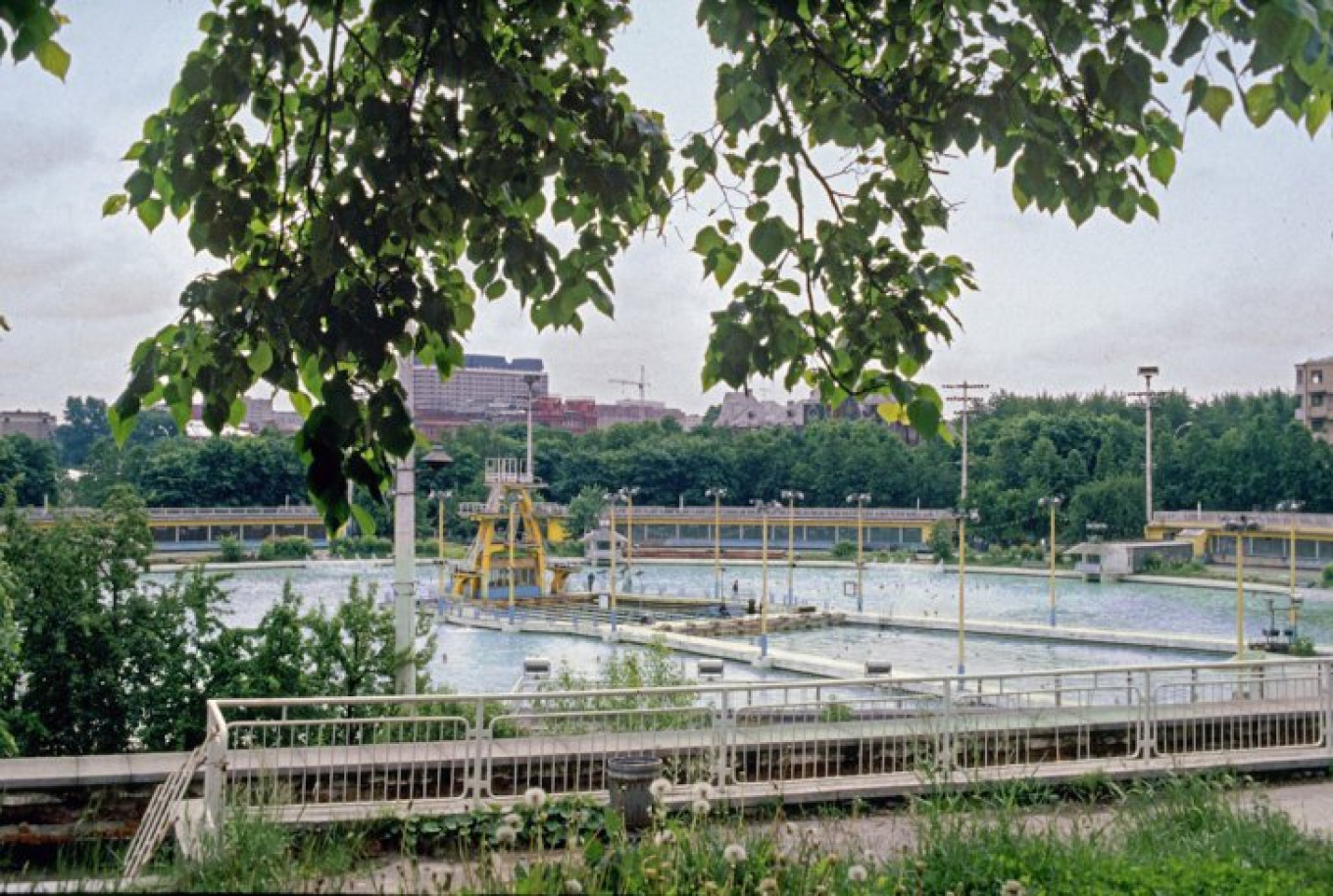
Vladimir Filonov / MT
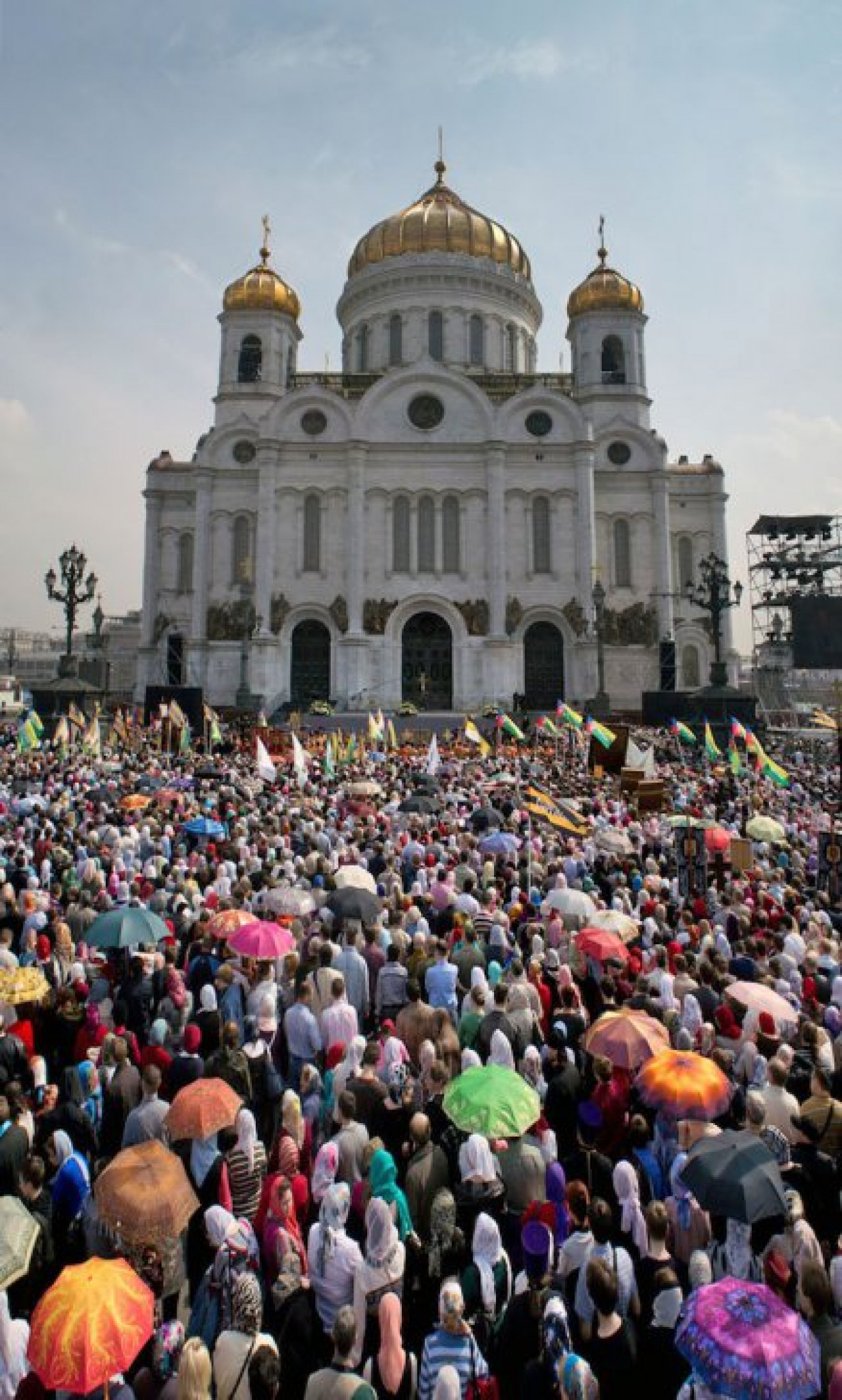
Vladimir Filonov / MT
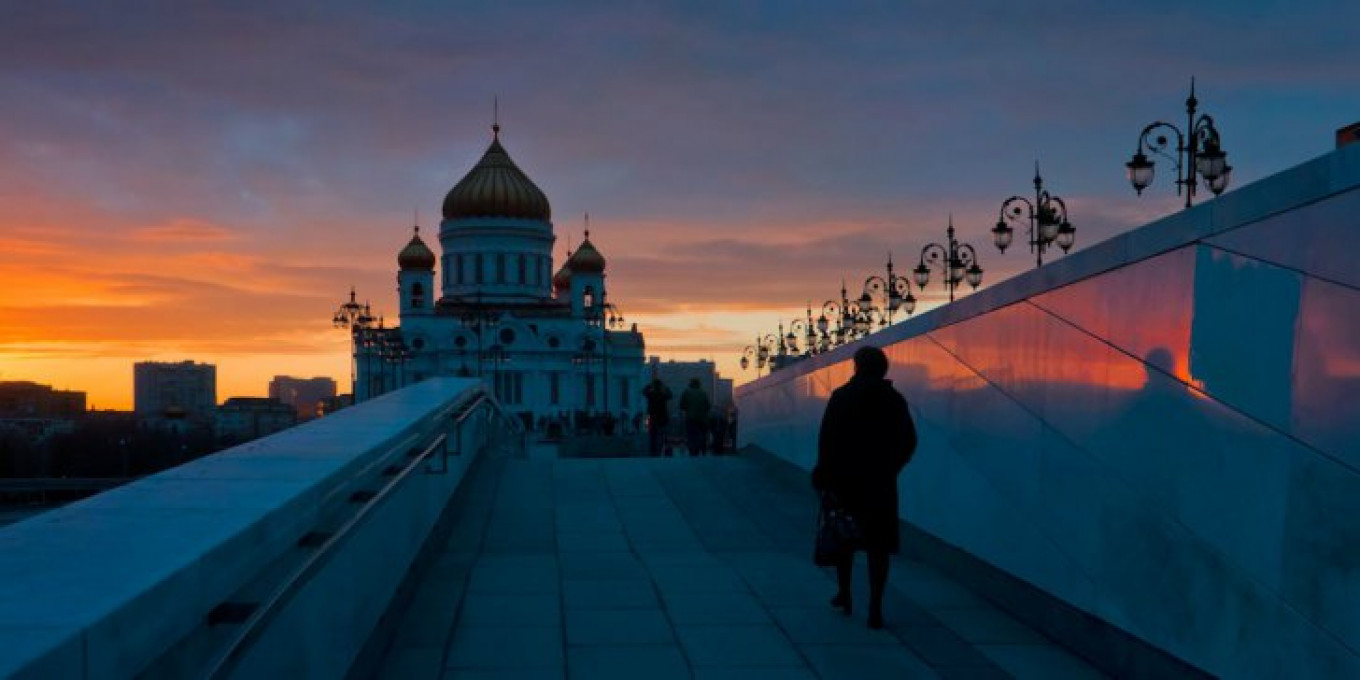
Vladimir Filonov / MT

